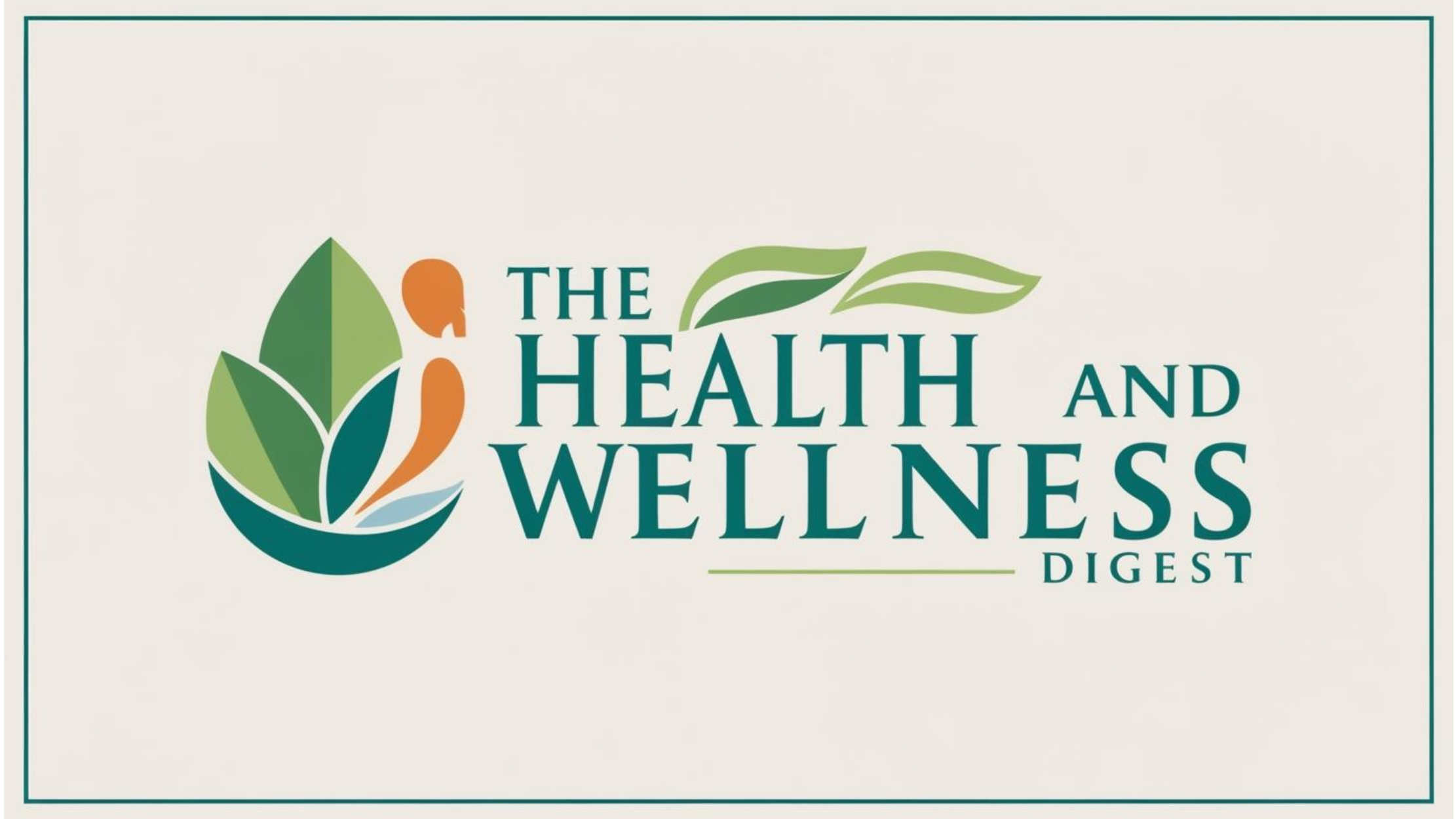
Understanding Glaucoma: The Silent Threat
Glaucoma, often called the “silent thief of sight,” affects millions of people by causing vision loss without noticeable symptoms. It damages the optic nerve, primarily due to high intraocular pressure (IOP). There are several types of glaucoma, but the most common form is open-angle glaucoma, representing about 90% of cases. Unfortunately, many individuals remain unaware of their condition until significant damage has occurred.
Importance of Early Detection
The phrase “early detection saves sight” holds particular weight when discussing glaucoma. Regular screenings are vital, especially for those in high-risk categories such as individuals over 60, those with a family history of the disease, or people managing conditions like diabetes and high blood pressure. By ensuring routine eye exams, patients increase their chances of catching glaucoma early, which is crucial for effective management.
Advancements in Diagnostic Technology
Recent years have marked significant progress in understanding and diagnosing glaucoma. Advanced imaging techniques, such as Optical Coherence Tomography (OCT), provide detailed cross-sectional images of the retina and optic nerve, enabling healthcare providers to detect even the slightest changes that may indicate the onset of glaucoma. These tools enhance the capacity for early intervention.
Innovative Treatments Shaping a New Horizon
Fortunately, advancements in glaucoma treatment are not limited to diagnostics. New medicated eye drops are being developed to effectively target and lower IOP, significantly improving outcomes for patients. Additionally, innovative surgical techniques are emerging, focusing on minimally invasive options that promise quicker recovery times and better results.
Future Trends in Glaucoma Management
Looking ahead, the landscape of glaucoma management is set to become increasingly dynamic. Researchers are exploring the potential of gene therapies and neuroprotective agents that could one day offer groundbreaking solutions to preserve eyesight. The evolution of treatment methods is grounded not only in science but also in patient-centered care, aiming to enhance the quality of life for individuals living with glaucoma.
Empowering Patients Through Awareness
As treatment options and diagnostic tools advance, it's crucial that patients take an active role in their eye health. Awareness campaigns and educational resources are essential to encourage individuals to seek out necessary eye exams and to stay informed about their risk factors. Understanding how lifestyle choices may impact eye health can empower patients to mitigate risks associated with glaucoma.
Coping with Glaucoma: A Holistic Approach
It's important to recognize the emotional and psychological aspects of living with a chronic condition like glaucoma. Many individuals may experience anxiety or depression as they navigate their diagnosis. Offering support systems and mental health resources can prove invaluable to patients adjusting to their condition. Incorporating practices such as mindfulness and stress management techniques may also enhance overall well-being.
Common Misconceptions About Glaucoma
Despite the growing knowledge surrounding glaucoma, several misconceptions continue to circulate. For example, many believe glaucoma only affects the elderly, when in reality, it can occur in younger individuals as well. Another myth is that surgery always results in vision restoration; while advancements have improved surgical outcomes, it isn’t a guarantee for every patient.
Concluding Thoughts: Embracing Advances for a Brighter Future
The advances in glaucoma treatment offer a beacon of hope for millions living with this condition. Considering the potential for new therapies and better technologies, there's never been a more optimistic time for patients. By fostering awareness and advocating for eye health, we can collectively work towards a future where vision loss from glaucoma is a thing of the past.
If you or someone you know has been diagnosed with glaucoma, encourage them to stay proactive about their eye health. Make regular eye exams a priority and stay informed about advancements in treatments and research. Together, we can unlock and preserve the vision of countless individuals.
 Add Row
Add Row  Add Element
Add Element 



Write A Comment